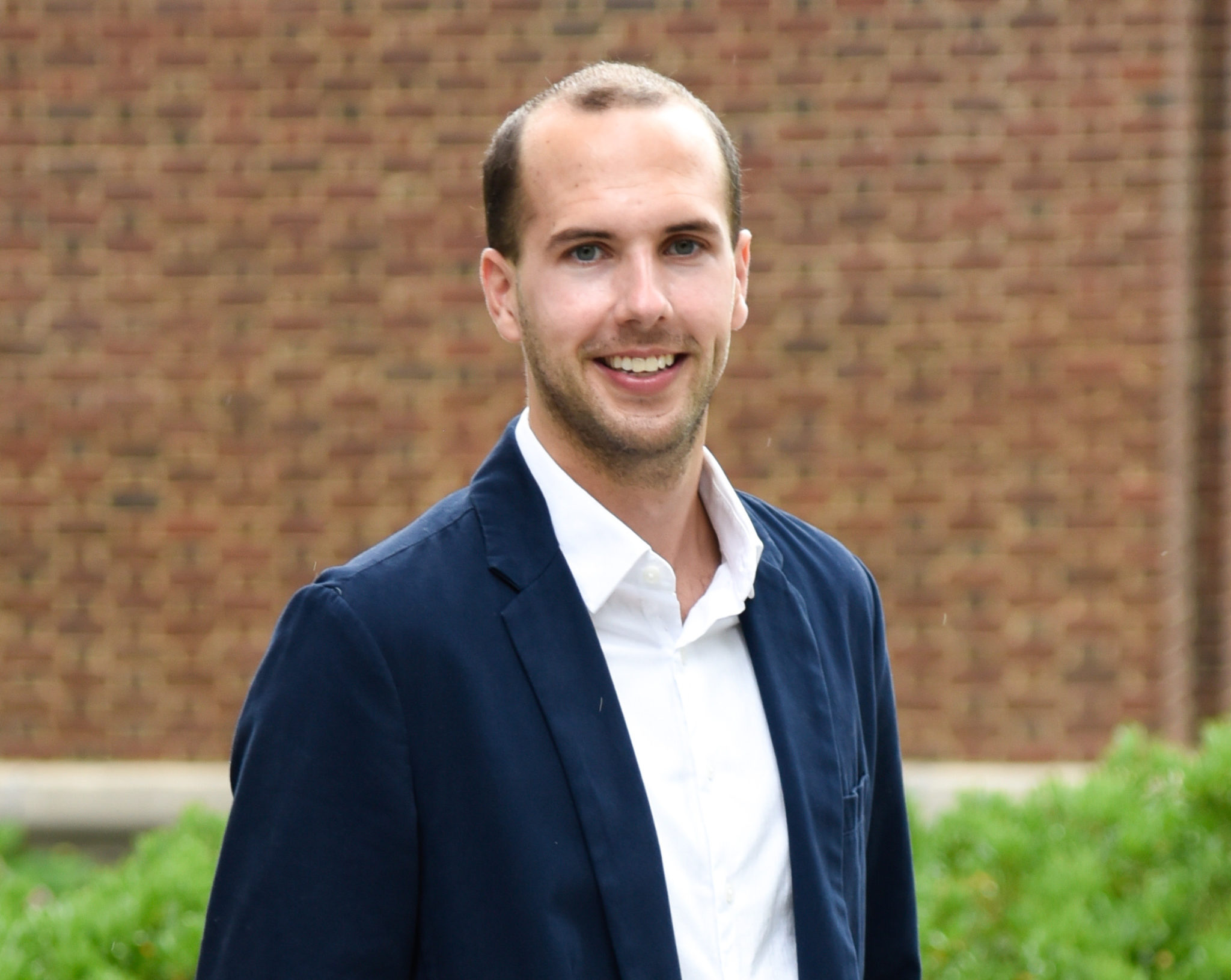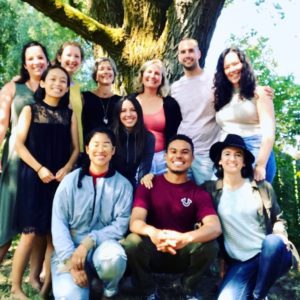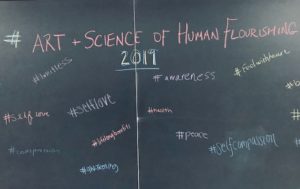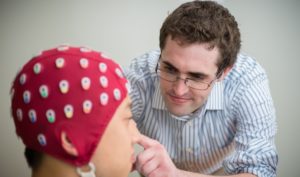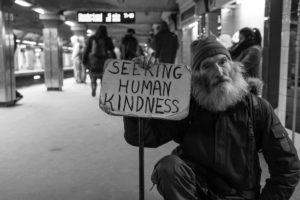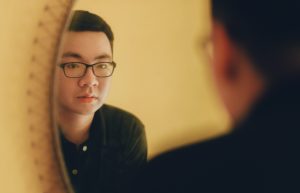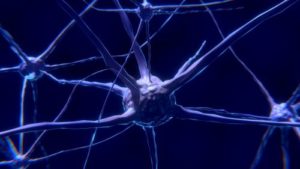Parts of the interview have been edited for clarity and length.
What brought you to the field of contemplative sciences?
I often say how, as a teacher, I saw firsthand just how stressful it is to be a high school student and how this stress often stems from constant social comparison (compare and despair, as we say). At the same time, I also saw how interested young people were to connect with others and ask questions about life. Looking for a way to start talking about these issues in school, I began studying mindfulness and how it could be offered to students.
But the truth is, something happened before that. I was the one experiencing a lot of stress and social comparison. After college, I was a new teacher living by myself in a new area and trying to make sure that my friends and family perceived me as “successful.” My colleague and friend, Matt Rojahn, sensed that I was struggling and recommended the book, Train Your Mind, Change Your Brain by Sharon Begley. He had a feeling that the science behind it would keep me intrigued. Sure enough, a few months later, I took my first meditation class. I remember how novel it felt to be taking a class where the intention was to just be – to breathe, notice, and settle. I found so much leverage in becoming more aware of who I was. A year later, Matt and I began an after-school mindfulness program for students.
What was your last research study?
My advisor, Dr. Robert Roeser, and I teamed up with our friends at the University of Pittsburgh to conduct a few longitudinal studies with high schools in Pittsburgh. In our latest study, we were interested in the development of compassion and belonging in adolescence. We found that when students feel like teachers support them at the beginning of the year, they feel a stronger sense of school belonging in the middle of the year and show higher compassion at the end of the year. Put simply: When high school students receive care, they are more likely to extend care. In addition, we found that the development of compassion and belonging seem to be intertwined. For example, students who reported an increase in their sense of belonging to the school community throughout the year also reported an increase in their compassion. This is important to understand how to think at a systems-level about cultivating compassion in students.
How can mindful teaching impact student development?
Great question. Perhaps first, we might ask: How can mindful teaching impact teacher development? High school students are keenly aware of people’s intentions; they can sense a fraud in a heartbeat. When a teacher wants to explore how mindful teaching can impact their students, I always encourage them to explore mindfulness for themselves first. See if it feels authentic and meaningful for them, and then invite them to consider how it can impact their students and classroom environment.
My advisor developed a mindful teaching model around the qualities of “calm, clear, and kind,” inspired by a Mind & Life conference around contemplative education. In one study, we found that high school students who see their teachers demonstrating these qualities show improvements in these same qualities. Mindful teachers might help create mindful students.
This is usually the moment when someone asks, “Ok, but did these qualities also improve the students’ grades?” And I know that’s important. But honestly, let’s make sure they are taking care of themselves and each other, too.


